The difference between AB and AA of Kenyan Coffee beans the relationship between coffee grading and coffee bean price in Kenya
Professional coffee knowledge exchange more coffee bean information please follow the coffee workshop (Wechat official account cafe_style)
When it comes to African coffee beans, I believe the first reaction is either Ethiopian coffee beans or Kenyan coffee beans. Ethiopian coffee beans bring fresh and clean acidity, while Kenya has mellow berry juices, such as tomato juices, which are remembered by the acidity of black plums. Many friends will ask the barista in front street, what is the Kenyan AA? Kenya AA is a grading system for Kenyan coffee beans, and then follow the front street to learn about Kenya, through the producing area, variety, front street roasting, cup testing, brewing to learn about Kenyan coffee.
Kenyan coffee producing area
Kenya is located in eastern Africa, the equator runs through the central part of the country, and the Great Rift Valley stretches north and south. It is bordered by Somalia to the east, Tanzania to the south, Uganda to the west, Ethiopia and Sudan to the north, and the Indian Ocean to the southeast. There are many plateaus in the territory, with an average elevation of 1500 meters. The central peak of Kirinaga (Mount Kenya) is 5199 meters above sea level and the top of the mountain is covered with snow, making it the second highest peak in Africa.
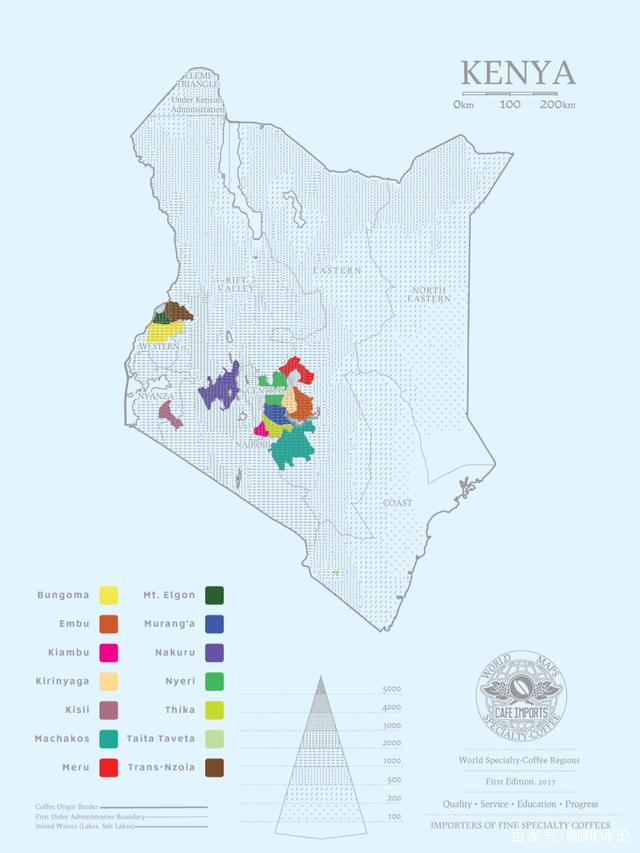
Kenya is most famous for its seven coffee producing areas, including Thika, Kirinyaga, and the western side of Mount Kenya (Mt. Kenya West, Nyeri, Kiambu, Ruiri and Muranga. Among them, the foothills of Mt.Kenya and Aberdare are the main producing areas. Boutique coffee producing areas are mainly from the following areas: Sika, Nieli, Kirin Yaga and Mulanga.
Nyeri producing area: Nyeri, located in central Kenya, is home to the extinct volcano Mount Kenya. The red soil in this area breeds the best coffee in Kenya. Agriculture is extremely important in this area, and coffee is the most important crop. The common cooperatives composed of small farmers in Nyeri producing areas are more common than large manors. Altitude: 1200 to 2300 m. Harvest period: October to December (main production season), June to August (by-product season).
Muranga producing area: under the Central Province, there are about 100000 coffee farmers in this area. This inland producing area was the place of settlement chosen by the first missionaries because Portugal banned them from living in coastal areas. It is also another producing area that benefits from volcanic soil, with more small coffee farmers than manors. Altitude: 1350 to 1950 m. Harvest period: October to December (main production season), June to August (by-product season).
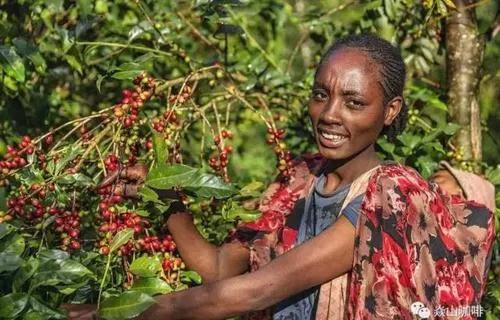
Kirinyaga producing area: located on the hillside of Mount Kenya, near the Nyeri producing area, it is famous for its strong flavor, rich layers and solid taste of coffee. Together with the Nyeri producing area, it is recognized as the two best producing areas in Kenya. Most of the producers in this area are small coffee farmers who join the cooperatives, while the cooperatives play an integrated role, providing washing plants, and coffee farmers send the coffee fruits to the cooperative processing plants for processing.
"Kirinyaga" originally refers to Mount Kenya, but when the British colonized the mountain, they found it difficult to remember, so they changed the name of the mountain to "Mt Kenya" instead of "Kirinyaga". Mount Kenya is the second highest peak in Africa. Although it is located in the tropics, the mountain is often covered with snow. Kirin Yajia originally means "white peak". Mount Kenya is not only a United Nations protected area, but also the surrounding foothills and grasslands, where wild animals gather and forage, and is a favorite attraction for tourists. "Kirinyaga" comes from the Kikuyu, which means "white mountains" and is thought to be the place of the gods. The Kikuyu are the most populous people in Kenya, accounting for 1/5 of the total population. Altitude: 1300 to 1900 m. Harvest period: October to December (main production season), June to August (by-product season).
Thika producing area: a small town in Nairobi, Kenya. There are many coffee fields around Nairobi, and Sika is an industrial town, but surrounded by agriculture and waterfalls. There are about 2000 farmers in Sika. The planting history of Kenyan Sika coffee can be traced back to the end of the 19th century. Coffee trees were introduced from neighboring Ethiopia in the north and improved by their own varieties. At present, the common varieties are Bourbon, Kents, SL34, SL28, Typica and Riuri 11. Now about 90% of the coffee varieties are SL34 and SL28. The new variety Batian published in 2007 has not been planted in large quantities. The flavor of the region has bright acidity, thick berry juice and honey sweetness. Altitude: 1550mi 1750m.
Kenyan coffee varieties
SL28 coffee varieties
SL28 is one of the most famous and respected varieties in Africa. As a result, it has spread from places chosen in Kenya in the 1930s to other parts of Africa (especially the Arab growing areas in Uganda) and now to Latin America. SL28 varieties are suitable for middle and high altitude areas and have the ability of drought resistance, but they are very sensitive to the main diseases of coffee. SL28 is found in many parts of Kenya. Even though it is 60-80 years old, it is still very high-yielding.
SL28 is a single variety selected from the drought-resistant population of Tanganyika in 1935. In 1931, a senior coffee officer at the Scott Laboratory (A.D. Trench) took tourists to Tanganyika (now Tanzania). According to historical documents, he noticed a variety growing in the Modi area that seemed to be tolerant to drought, disease and pests. The seed was collected and taken back to Scott's laboratory, where its drought resistance was confirmed.
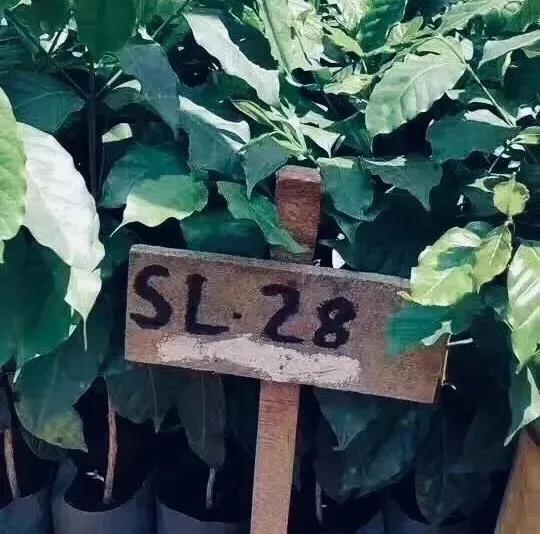
SL34 coffee varieties
SL34 was first selected at the Scott Agricultural Laboratory in Kenya in the late 1930s. SL34 was selected from a tree in the Kabete Loresho property in Kenya, which is called the "French missionary".
In 1893, French missionaries established a church in Taita Hills, Kenya, where they planted bourbon coffee seeds from the island of Reunion. In 1899, the seedlings of Bra coffee beans were taken to another French missionary mission in St. Austen (near Nairobi) and from there the seeds were distributed to settlers who were willing to grow coffee, which was the origin of the so-called "French missionary" coffee. Because French missionaries historically transported coffee seeds directly from the island of Reunion, French missionaries were widely understood as bourbon varieties. However, recent genetic tests have shown that SL34 is related to the Typica genome of iron pickup. So the story that SL34 was selected from French missionaries is also called a different controversy.
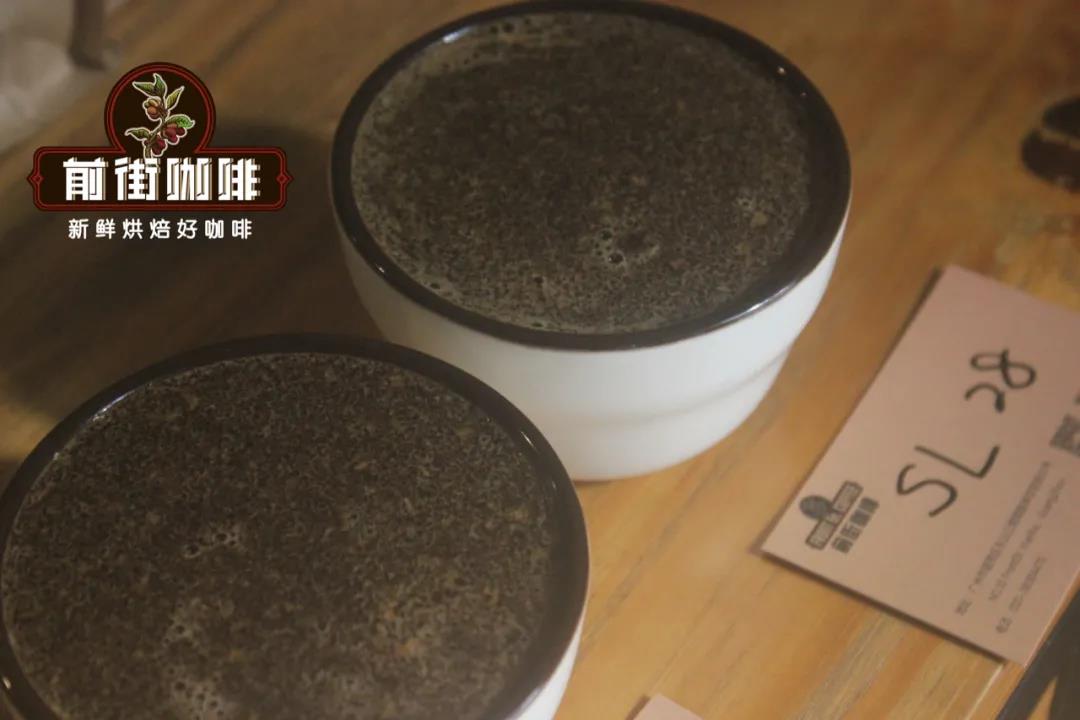
After testing the two varieties of coffee beans in separate cups, Qianjie thought that the flavors of SL28 and SL34 were similar, with complex and changeable berry acidity and caramel sweet tail. Compared with SL28, SL34 has a heavier taste, more sour berries such as blackberries, and a balance of sweetness and sour with a caramel tail. When the temperature of SL28 cools down, it tends to be sour, such as blueberries, which rises slightly and has a higher sweetness, which is in line with the image of bourbon.
Kenyan coffee bean treatment-Kenya 72-hour washing
Kenya adopts the cycle repeated treatment method of washing after fermentation, which is made after the same day of harvest. The best quality coffee berries are selected for peeling and fermentation. The fermentation time is 24 hours, and clean river water is used after 24 hours. Then, it is fermented again with clean river water for 24 hours, then washed, and repeated 3 times to reach 72 hours, so it is called Kenyan 72-hour fermentation water washing treatment, referred to as [K72]. Qianjie believes that coffee beans treated with 72-hour fermentation water in Kenya are fermented for a long time at low temperatures and finally dried and dehydrated, giving the beans a brighter, cleaner and fuller flavor.
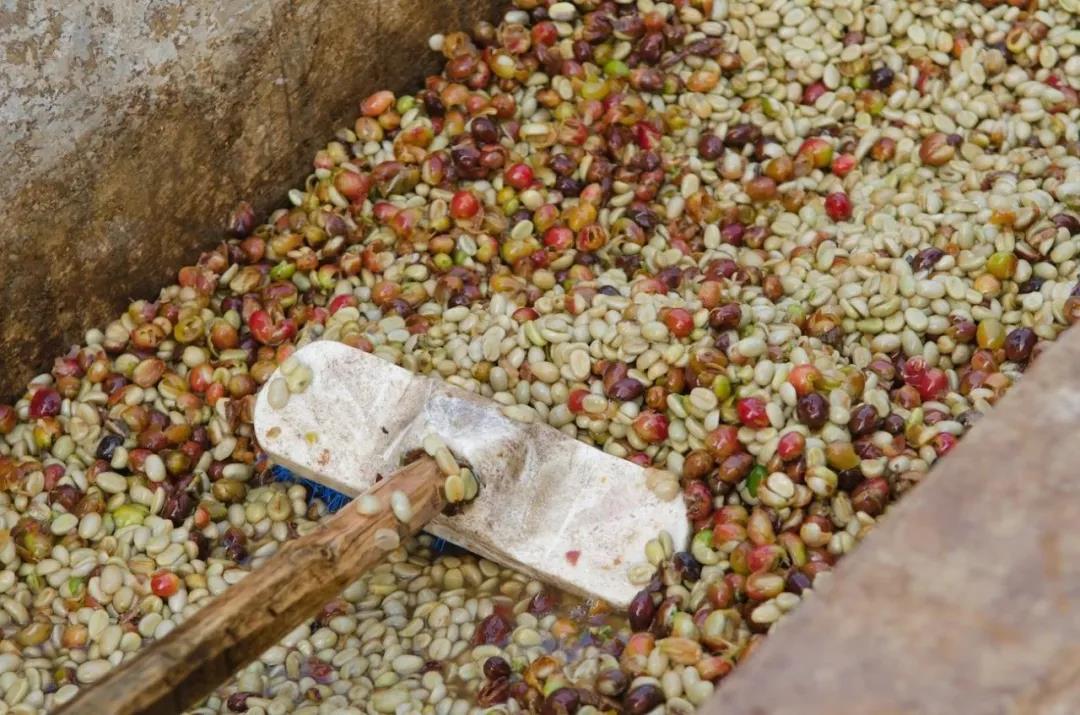
Grading of Kenyan coffee beans
AA grade with excellent quality (flavor, taste) in AA Plus (AA+) cup.
AA particles: size (Screen Size) 17-18 mesh.
AB particles: size (Screen Size) 15-16 mesh, accounting for the majority of output.
C particles: those whose size (Screen Size) is smaller than AB.
TT from AA and AB beans: lighter beans blown out with an airflow filter.
T from Class C beans: lighter beans blown out with an airflow filter.
E Elephant Bean: two beans into one of the large mutant beans, also known as elephant ear bean Elephant ear.
PB Peaberry: classified by appearance, independent of flavor weight.
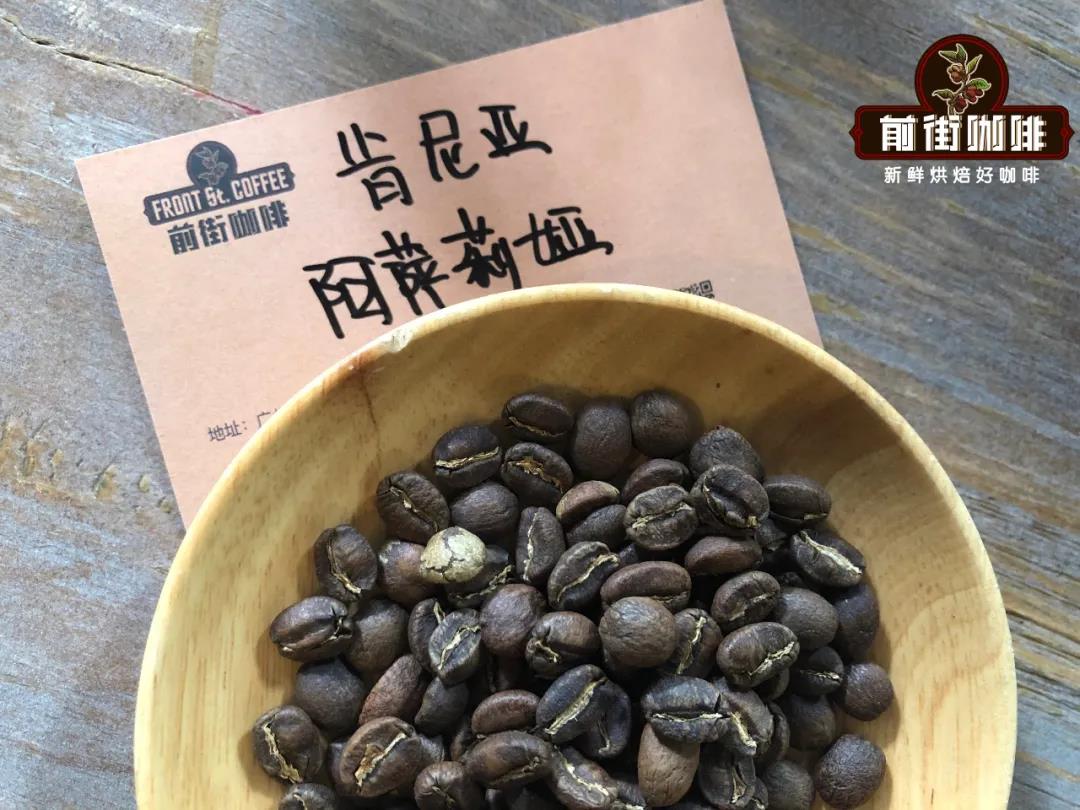
Producing area: Sika Thika, Kenya
Processing plant: Asali honey processing plant
Altitude: 1550-1750 m
Rating: AA TOP
Variety: SL28,SL34
Treatment: 72-hour washing in Kenya
Qianjie baking suggestion
The furnace temperature is preheated to 200C in the facility to enter the pot, the throttle is opened to fire after 350s, the firepower is adjusted 160C, the throttle is unchanged, the temperature return point is 1mm / 39th / 34, keep the firepower, 5pm / 39th / 30th turns yellow, the smell of grass disappears, enters the dehydration stage, the firepower is reduced to 130C, the firepower is reduced to enter the Mena reaction, the firepower is reduced again to 178C to lengthen the Mena reaction time, and the throttle is opened to 3.5C.
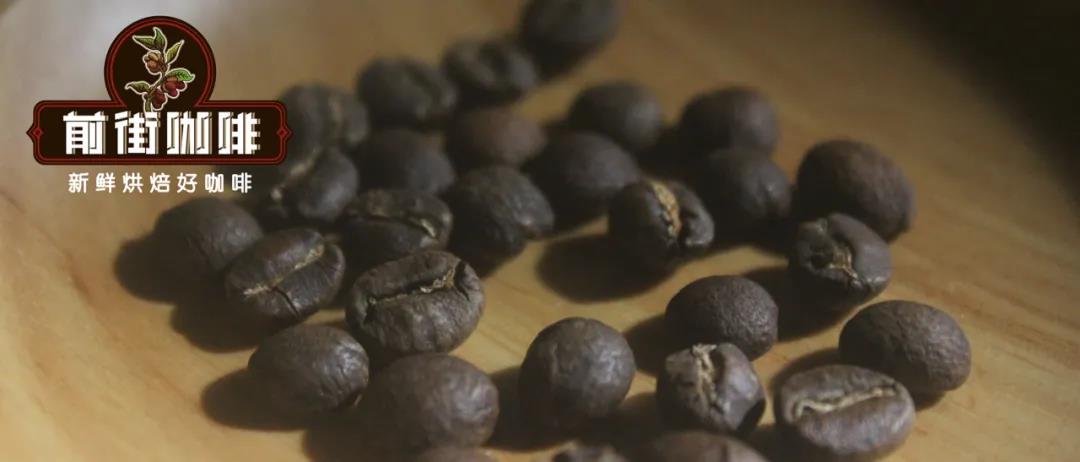
After dehydration, the firepower dropped to 80, 80, 39, and 30, when the bean table appeared wrinkled and black markings, and the smell of toast changed to coffee, which was a prelude to an explosion. When the first explosion begins, the heat absorption is strong, so it is recommended to keep the heat at this stage to prevent stagnation. It takes more time to develop an explosion, which helps to reduce acidity and develop flavor. After the first explosion, the development time is 2 minutes and 10 seconds, to 191.6 degrees.
Qianjie Cup test report
Wet aroma with ripe tomato and floral aromas, imported virgin fruit and black plum flavors, bright acidity, clean palate, medium body, outstanding middle sweetness, juicy, sweet raspberry and yellow sugar on the finish, and green tea aromas.
The suggestion of cooking in Qianjie
Qianjie Coffee takes into account that this bean is roasted in a medium-shallow way, using a filter cup with higher water temperature and faster flow rate, mainly because it is extracted from its bright acidity with high temperature, but it does not want to be over-extracted because of high temperature. so choose the V60 filter cup with faster flow rate.
Ratio of powder to water: 1:15 15g powder: 225ml water
Water temperature: 90 ℃ ~ 91 ℃
Degree of grinding: BG6R (78% pass rate of No. 20 standard screen)
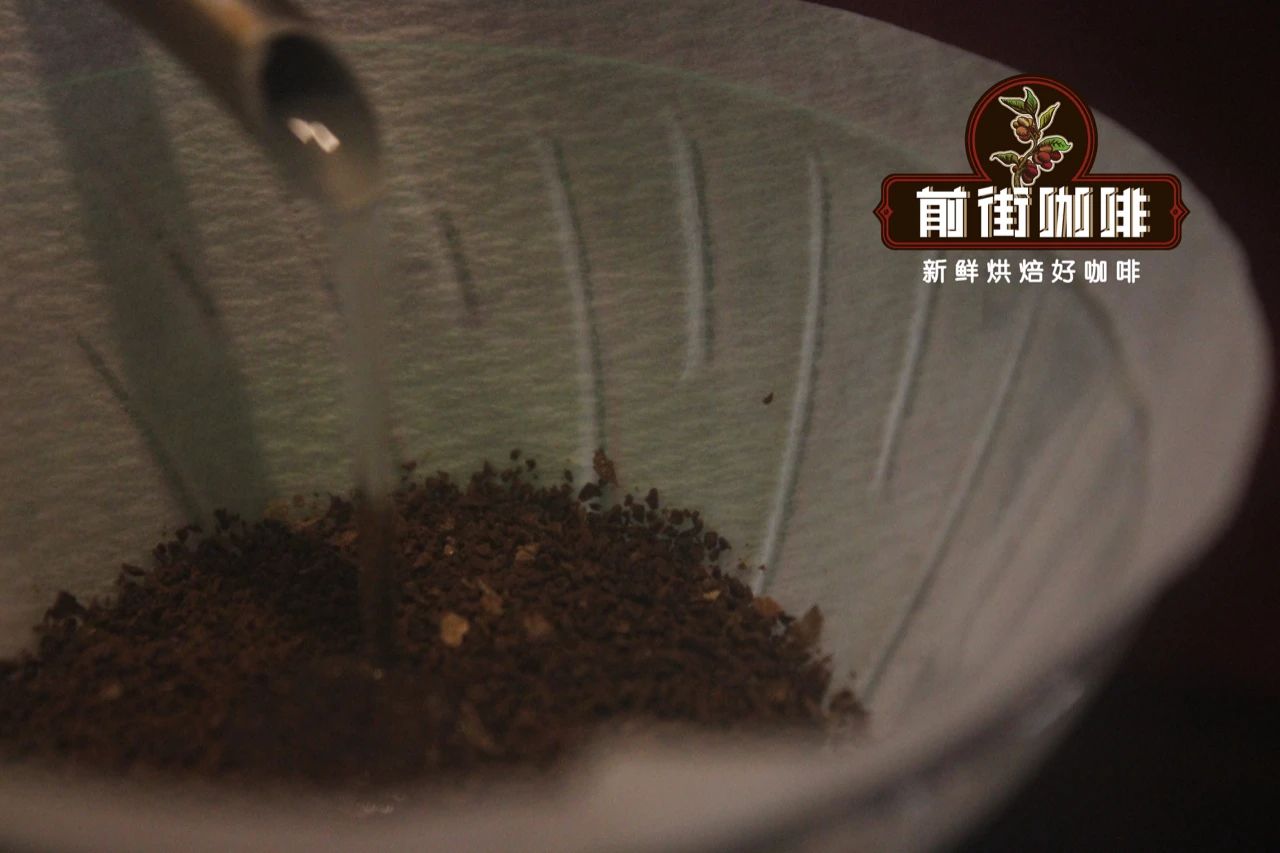
In the first stage, 30 grams of water is injected for 30 seconds, followed by 95 grams (about 125 grams indicated by the electronic scale). The injection is completed in about 1 minute, and the remaining 100 grams are injected at 3 places in the powder layer when the water level drops to 2 grams (about 225 grams shown by the electronic scale). About 1 minute and 40 seconds. The filtration is completed, remove the filter cup and complete the extraction.
Cooking flavor: the mouth has the flavor of black plum and virgin fruit, the taste is strong sour, thick, middle sweet, juicy, aftertaste berry and yellow sugar sweet, and green tea aroma.
For more boutique coffee beans, please add private Qianjie coffee on Wechat. WeChat account: kaixinguoguo0925
Important Notice :
前街咖啡 FrontStreet Coffee has moved to new addredd:
FrontStreet Coffee Address: 315,Donghua East Road,GuangZhou
Tel:020 38364473
- Prev
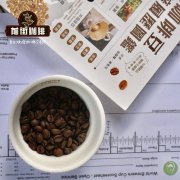
Colombian Coffee Bean Brand recommendation-how much is the Colombian Coca Zhuoyue Cup of coffee?
For more information on coffee beans, please follow the Coffee Workshop (Wechat official account cafe_style) [Colombian Coffee Bean Coca Joyo Cup] Micro region: Suri Micro-production area has had bids such as the Cauca Best Cup Cup since 2014, coffee bean competition batches, in addition to our common national-level competitions, such as Panama's B
- Next
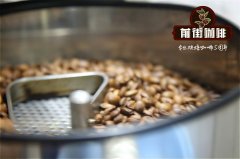
Introduction of flavor and characteristics of Honduran coffee beans recommended by Honduran coffee beans brand
For more information about coffee beans, please follow the Coffee Workshop (Wechat official account cafe_style) Honduras Coffee beans: special Highland Coffee Honduras is located in the north of Central America, facing the Caribbean Sea to the north, the Gulf of Fonseca in the Pacific Ocean to the south, Nicaragua and El Salvador to the east and south, and Guatemala to the west, mostly mountains and plateaus. It belongs to tropical atmosphere.
Related
- Does Rose Summer choose Blue, Green or Red? Detailed explanation of Rose Summer Coffee plots and Classification in Panamanian Jade Manor
- What is the difference between the origin, producing area, processing plant, cooperative and manor of coffee beans?
- How fine does the espresso powder fit? how to grind the espresso?
- Sca coffee roasting degree color card coffee roasting degree 8 roasting color values what do you mean?
- The practice of lattes: how to make lattes at home
- Introduction to Indonesian Fine Coffee beans-- Java Coffee producing area of Indonesian Arabica Coffee
- How much will the flavor of light and medium roasted rose summer be expressed? What baking level is rose summer suitable for?
- Introduction to the characteristics of washing, sun-drying or wet-planing coffee commonly used in Mantenin, Indonesia
- Price characteristics of Arabica Coffee Bean Starbucks introduction to Manning Coffee Bean Taste producing area Variety Manor
- What is the authentic Yega flavor? What are the flavor characteristics of the really excellent Yejasuffi coffee beans?

